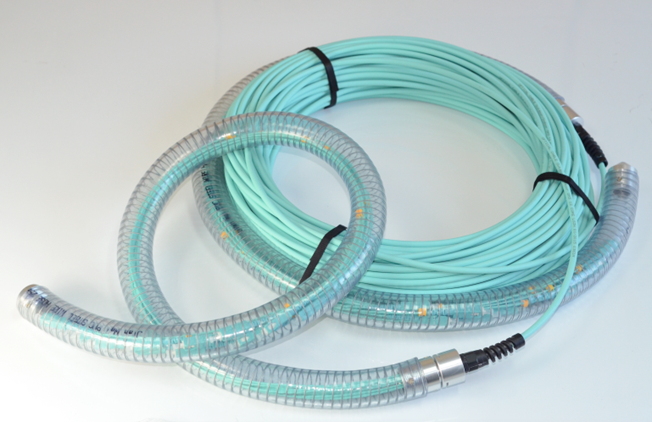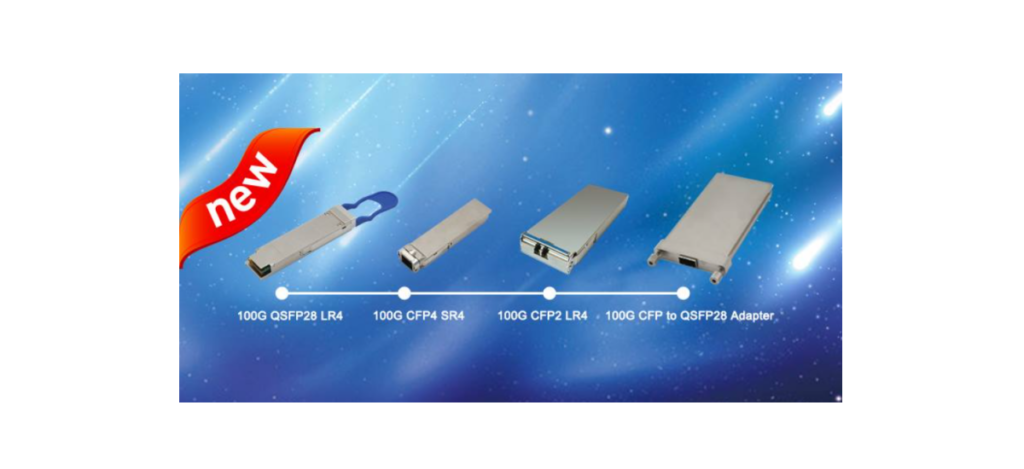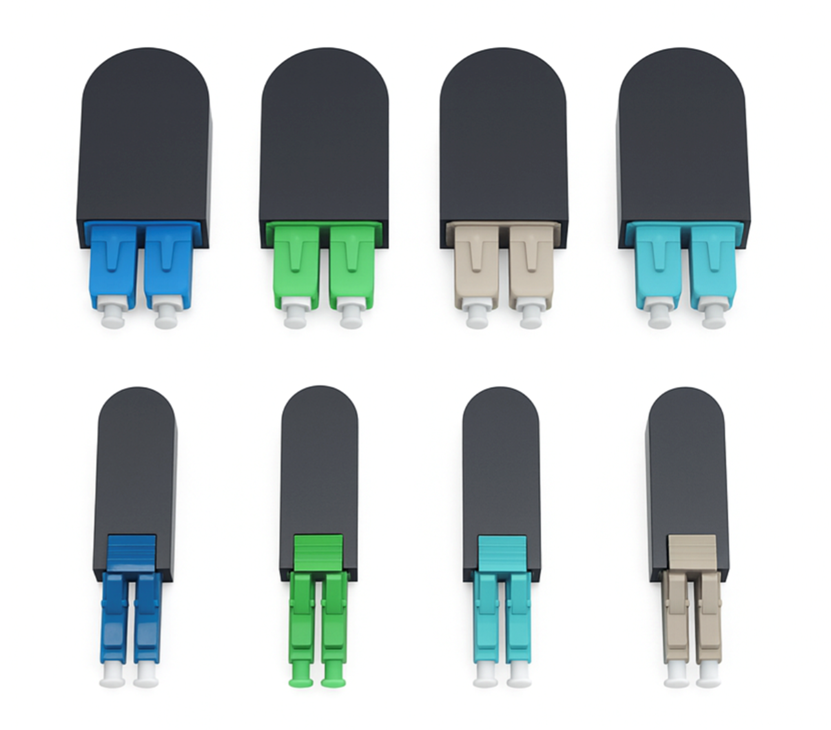Fiber optic splitters are essential passive devices in modern optical communication systems, enabling the division of a single light signal into multiple outputs or combining multiple signals into one. Their ability to efficiently manage optical signals makes them indispensable in various applications, from telecommunications to data centers (1). In this article, we’ll delve into the working principle of fiber optic splitters and explore their diverse application scenarios.
For more information about high-quality fiber optic solutions, visit www.holightoptic.com or contact sales@holightoptic.com (2).
- 1. What Are Fiber Optic Splitters?
A fiber optic splitter is an optical passive device used to split or combine optical signals. It redistributes incoming light signals into multiple outputs without requiring any active conversion or electrical power (3). This functionality is critical for efficient signal distribution in optical networks.
Splitters are categorized into two main types based on their manufacturing technology:
- FBT (Fused Biconical Taper) Splitters: Made by fusing two or more fibers together, these are cost-effective and widely used in small-scale applications (4).
- PLC (Planar Lightwave Circuit) Splitters: Utilize semiconductor technology to create compact, high-performance splitters ideal for large-scale deployments (5).
- The Working Principle of Fiber Optic Splitters
The working principle of fiber optic splitters is based on optical coupling and splitting . When a light signal enters the splitter, it is divided into multiple outputs through interference effects or waveguide structures (6).
2.1 Optical Coupling
In the splitting area, the input signal is redistributed across multiple fibers. This process relies on the precise alignment and interference of optical waveguides, ensuring minimal signal loss (7).
2.2 Signal Redistribution
The splitter’s design determines how the signal is split. For example, a 1×2 splitter divides the input signal into two equal parts, while a 1×32 splitter distributes it among 32 outputs (8).
3. Types of Fiber Optic Splitters

3.1 FBT Splitters
FBT splitters are created by heating and stretching two fibers until they fuse together. They are cost-effective and suitable for small-scale applications but may have limitations in terms of uniformity and scalability (4).
3.2 PLC Splitters
PLC splitters use silica-based waveguides etched onto a semiconductor chip. They offer superior performance, including low insertion loss and high uniformity, making them ideal for large-scale Passive Optical Networks (PONs) (5).
4. Application Scenarios of Fiber Optic Splitters
Fiber optic splitters are widely used in various industries due to their versatility and reliability. Below are some key application scenarios:
4.1 Passive Optical Networks (PONs)
In PON architectures, fiber optic splitters play a crucial role in dividing the optical signal from the Optical Line Terminal (OLT) to multiple Optical Network Units (ONUs). This enables cost-effective broadband delivery to residential and business users (9).
Case Study
A telecom operator in Asia deployed PLC splitters in its GPON network, achieving a 32-way split ratio and delivering gigabit internet to over 10,000 households with minimal latency (1).
FTTH networks rely heavily on fiber optic splitters to distribute signals from a central office to individual homes. For example, a 1×32 PLC splitter can connect 32 households to a single fiber line, reducing infrastructure costs (10).
4.2 Fiber-to-the-Home (FTTH)
4.3 Data Centers
In data centers, fiber optic splitters are used to manage high-density connections between servers, switches, and storage devices. Their ability to handle multiple signals simultaneously ensures efficient data transmission (11).
4.4 Telecommunications
Telecom providers use splitters to expand network coverage and improve service quality. For instance, FBT splitters are often deployed in rural areas where cost efficiency is prioritized over scalability (4).
4.5 Industrial Automation
In industrial settings, fiber optic splitters enable reliable communication between sensors, controllers, and monitoring systems. Their immunity to electromagnetic interference makes them ideal for harsh environments (12).
5. Advantages of Fiber Optic Splitters
5.1 Cost-Effectiveness
By enabling multiple users to share a single fiber line, splitters significantly reduce deployment costs (10).
5.2 High Reliability
As passive devices, splitters do not require power or active components, ensuring consistent performance even in challenging conditions (12).
5.3 Scalability
PLC splitters, in particular, support high split ratios (e.g., 1×64), making them suitable for large-scale networks (5).
6. Challenges and Considerations
6.1 Signal Loss
While splitters are highly efficient, they introduce some degree of insertion loss. Proper design and selection are crucial to minimize this impact (6).
6.2 Compatibility
Ensuring compatibility between splitters and other network components is essential for seamless integration (8).
6.3 Environmental Factors
Outdoor deployments require ruggedized splitters capable of withstanding temperature fluctuations and physical stress (12).
7. Future Trends in Fiber Optic Splitters
7.1 Miniaturization
Advances in manufacturing technologies are leading to smaller, more compact splitters, ideal for high-density environments like urban FTTH networks (5).
7.2 Enhanced Durability
Future splitters will feature improved materials and coatings to withstand extreme conditions, such as underwater or space applications (12).
7.3 Integration with AI
AI-driven tools are being developed to optimize splitter placement and performance in complex networks (1).
Conclusion
Fiber optic splitters are fundamental to modern optical communication systems, enabling efficient signal distribution across a wide range of applications. From PON networks and FTTH to data centers and industrial automation, their versatility and reliability make them indispensable (11). By understanding their working principles and selecting the right type for specific scenarios, businesses can build robust and scalable optical networks.
For tailored fiber optic solutions, visit www.holightoptic.com or email sales@holightoptic.com (2).
External Links








